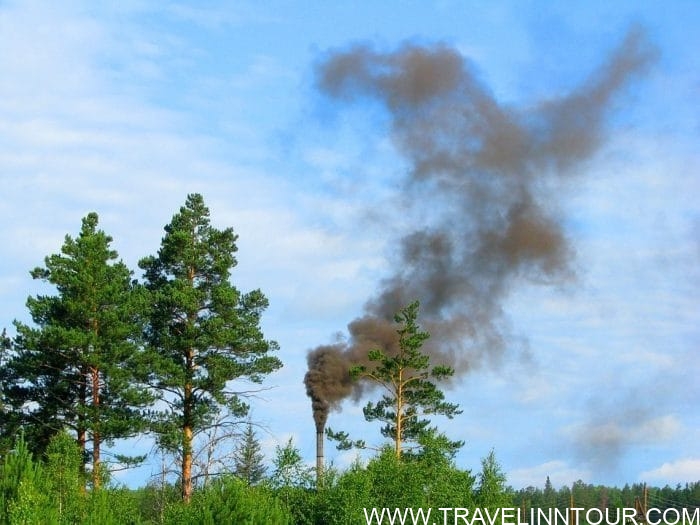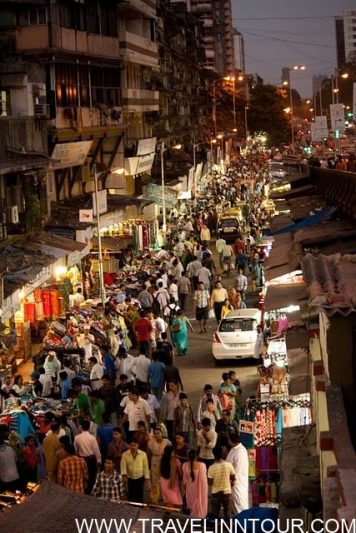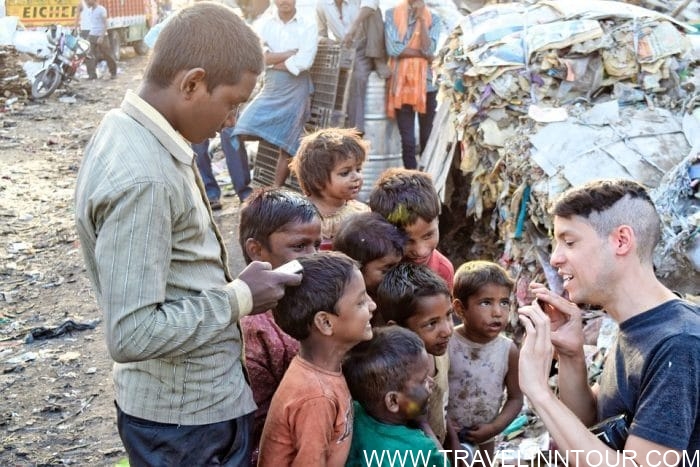When I first set foot in India, I was bracing myself for the expected challenges of heat, stifling humidity, incessant horn honking, and persistent requests for money from the less fortunate. However, what truly took me by surprise were the remarkably intrusive questions.
As a Canadian, hailing from a culture known for its politeness and privacy, these inquiries into my personal life caught me off guard. Through this article, I aim to prepare newcomers to India for their first visit and remind frequent travelers of some essential insights. Here is my personal list of observations on the cultural intricacies that foreigners should be aware of when visiting India for the first time.
Culture Shock India – A Foreigner’s Top 10 Guide
1. Intrusive Questions: Unlocking Curiosity
Indians, by nature, are a curious bunch. Their cultural landscape leaves little room for personal space and privacy, leading to their inquisitive nature. Don’t be surprised or offended if, within moments of your first meeting, an Indian asks you about your income or marital status. Such personal questions are entirely normal in their culture and are not intended to be offensive. In fact, you can reciprocate by asking similar questions, which will be warmly received as a sign of your interest in them.

2. Unwanted Attention: The Unavoidable Gaze
Foreign tourists, especially in less touristy areas, often find themselves under the constant scrutiny of the locals. While this might initially feel like a bit of celebrity treatment, it can quickly turn into a magnet for persistent touts and beggars. The experience can be charming initially, but encounters with malnourished children and the severely disabled can be deeply disconcerting.
3. Noise: The Symphony of Chaos
In India, horns are a constant presence on the roads, and they’re not always associated with traffic jams. Blaring Bollywood tracks from radios and televisions are common, and even places of worship, such as temples, mosques, and churches, employ loudspeakers to broadcast their messages. You might even encounter the unforgettable morning shout of “PAPER!” as someone collects recyclables. Noise in India is an omnipresent part of daily life.

4. Pollution: The Price of Progress
Every major Indian city grapples with significant pollution. The combination of exhaust fumes, dust, and humidity often leaves a noticeable film on your skin after a day of sightseeing. It’s not uncommon to spot cows casually strolling the streets, munching on garbage, seemingly unfazed by the chaos around them. Cows are indeed treated like royalty in India.
5. Crowds: A Sea of Humanity
Crowds are a common sight in India, but it’s not just the sheer number of people that stands out. The streets are jam-packed with various elements, from vehicles to the occasional elephant. In addition to the ever-present cows, you might also encounter wild dogs and the occasional ox, creating a diverse and bustling urban ecosystem.

6. Toilets: Squatters and Western-Style
In India, you’ll find both squatter toilets and western-style toilets, with many major hotels offering the latter. However, it’s not uncommon for these facilities to lack toilet paper. When you’re out and about, be prepared to use squatter toilets, and it’s advisable to carry your tissue paper.

7. Traffic: Organized Chaos
Indian traffic is best described as “organized chaos.” It’s a dynamic mix of motor vehicles, stray dogs, motorcycles carrying up to five people, lorries, buses, cows, auto-rickshaws, and ox-drawn carts. Lane discipline is virtually non-existent, and traffic rules are often overlooked. Surprisingly, road rage is a rare occurrence, and somehow, the system functions harmoniously.
8. Never Say NO: The Reluctance to Refuse
Indians have a cultural aversion to saying “no.” Even when they don’t know the correct directions, they might offer you false guidance simply because they want to be helpful. At times, they will go to great lengths to find someone who can assist you. Their intentions are good; they simply find it challenging to decline requests.

9. Smiling Faces: A Universal Greeting
Wherever you travel in India, you’ll notice one consistent aspect – smiling faces. Whether it’s someone driving a luxury car or riding on a crowded two-wheeler, people smile even in the scorching heat and humidity. Regardless of the weather or the circumstances, a smile is their default greeting.
10. Entrepreneurial Spirit: Making the Most of Every Opportunity
As someone with a background in sales and management, I’ve always been impressed by the entrepreneurial spirit of the Indian people. They possess a unique ability to repurpose items and persistently pursue sales opportunities. A ‘no’ doesn’t discourage them; instead, they view it as a challenge to overcome.
In conclusion, a journey to India can be a life-changing experience filled with cultural richness and diversity. By understanding and respecting these ten facets of Indian culture, foreign visitors can navigate this vibrant country with greater ease and appreciation. Embrace the differences, keep an open mind, and you’ll find that India’s cultural shock can lead to some of the most profound and memorable moments of your life.
Save it on Pinterest.







Leave a Comment